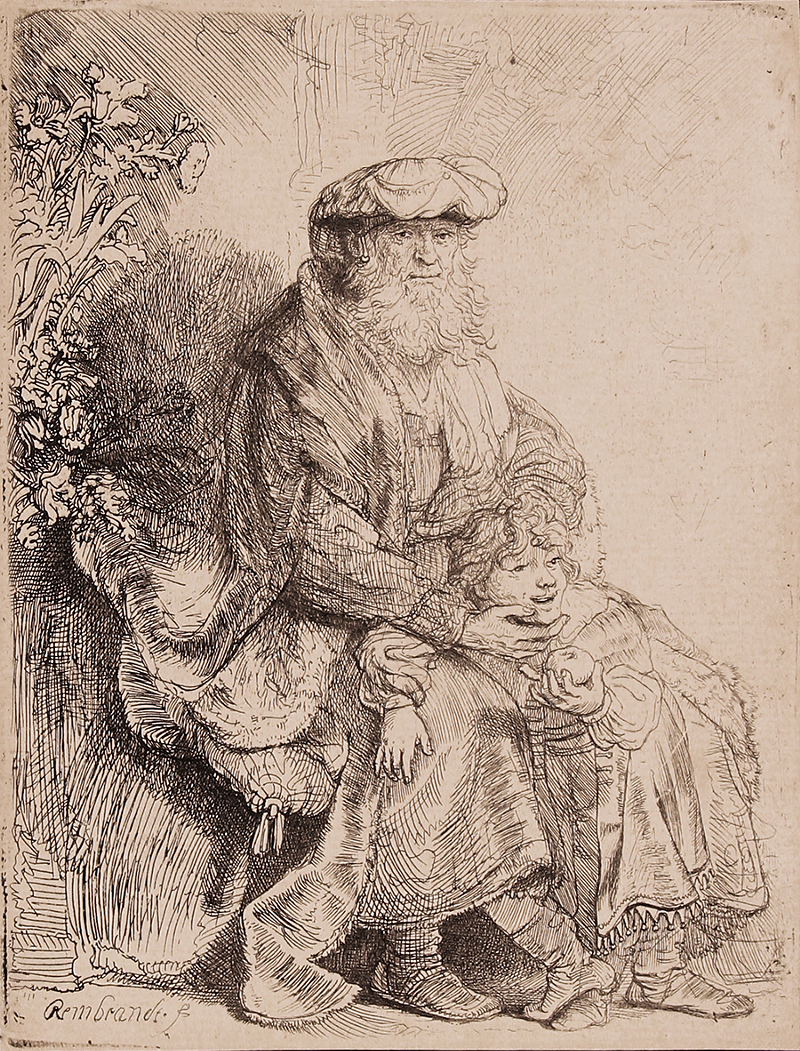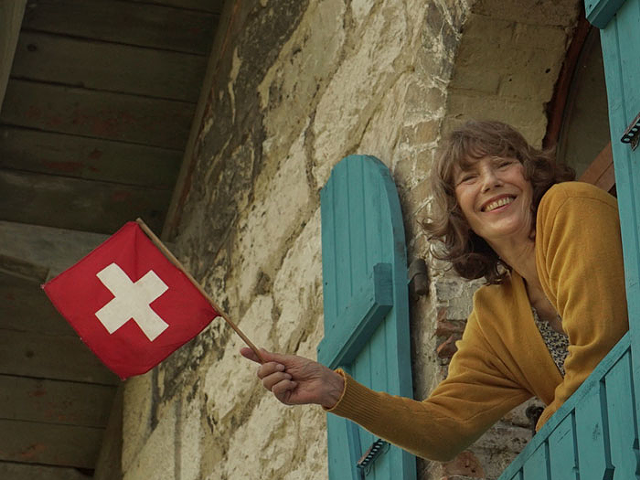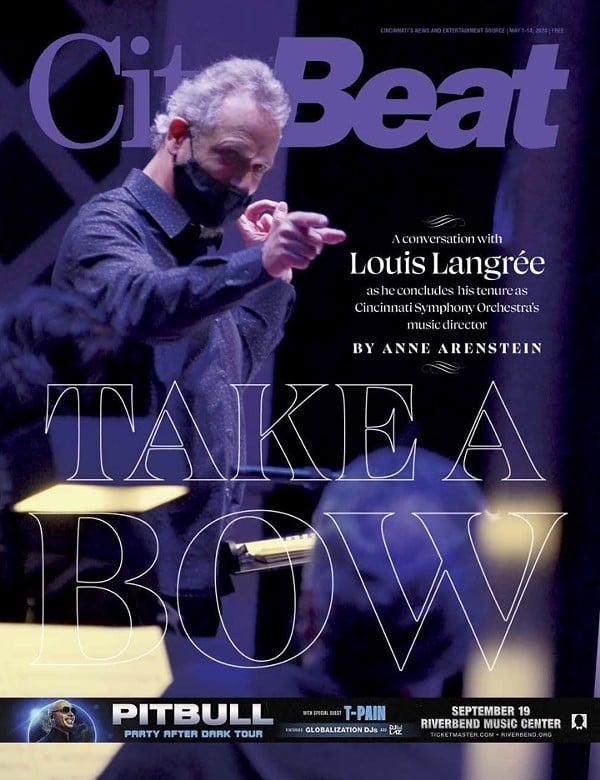

As such, it is fascinating on several fronts. Rembrandt Harmenszoon van Rijn, who lived from 1606-1669, is recognized as one of the greatest painters ever, but he was also highly accomplished at getting detail, texture and subtly dramatic shadowing from the difficult skill of etching.
In this show featuring 22 of his etchings from the Berger Print Collection, you can see that talent on display in such works as “Abraham and Isaac,” “Abraham’s Sacrifice,” “The Triumph of Mordecai” and “Jews in the Synagogue (Pharisees in the Temple).”
Howard and Fran Berger of Los Angeles donated their collection of Rembrandt prints to the Westmont Ridley-Tree Museum of Art in Santa Barbara, Calif. in 2014. They wanted there to be a traveling exhibition and catalog.
The show also teaches about Rembrandt’s time and place — and how a progressive environment allowed great art to flourish. He lived in a relatively enlightened nation with a thriving merchant class that bought art and was accepting of immigrant groups, including Jews, escaping discrimination elsewhere. Rembrandt had Jewish friends and patrons in Amsterdam, although he was not Jewish.
But the exhibition also has another element to it. It is about the history of scholarship into Rembrandt’s relationship to Jews. And this is especially pertinent because the Hebrew Union College-Jewish Institute of Religion has played an important role in shaping it. So, too, did the Holocaust.
Along a wall in the center of the museum’s gallery is a section devoted to Franz Landsberger, who had a teaching position at HUC in 1946 when he published Rembrandt, the Jews and the Bible — the influential first book of its kind in English.
Landsberger was lucky to have gotten to Cincinnati to write it. A German Jew, he was teaching art at the University of Breslau in 1933 when the Nazis took over Germany and banned Jewish teachers. “They didn’t want Jews to be in any positions of authority over non-Jews,” says Michael Meyer, HUC’s Adolph S. Ochs professor emeritus of Jewish history. He has studied his institution’s role in helping Landsberger and 10 other Jewish European scholars (and also five students) escape the Nazis and come to Cincinnati.
Landsberger had been able to get a position directing the Jewish Museum in Berlin until 1938, when the Nazis shut it down and sent him to a concentration camp. Such places were not yet extermination camps, Meyer says, so when Landsberger received an invitation to visit England’s University of Oxford, he was permitted to go. He was desperate to avoid returning to Germany.
Fortunately, Julian Morgenstern — HUC’s president — came to the rescue. With some difficulty, he was able to get Landsberger a U.S. State Department visa. Landsberger came, established the campus art museum and stayed in Cincinnati. He died in 1964.
“It was amazing because the college was not as large an institution as is today, and times were tough,” Meyer says. “To hire a bunch of individuals who (HUC) didn’t really need in terms of teaching, and to make that financial commitment, was really a remarkable thing.” And it saved lives.
As important a milestone as Landsberger’s book was in encouraging awareness of the affinity Rembrandt had for the Jews of his time, the author may have overstated the connection. Some of the etchings in this show once believed to depict Jewish life of the times are now being questioned. This show explains how that came about.
“(Landsberger) fits within the German Jewish art historians who, during and after the Nazi regime, came to America because of the Holocaust and were longing to find an artist who loves Jews,” says Shelley Perlove, a University of Michigan professor emeritus of art history who will speak on the subject at HUC’s Mayerson Hall on March 20. “It became almost a plea — it created a romanticized view of Rembrandt and the Jews.”
REMBRANDT AND THE JEWS is on display through April 30 at Cincinnati Skirball Museum, 3101 Clifton Ave. More info: huc.edu.





